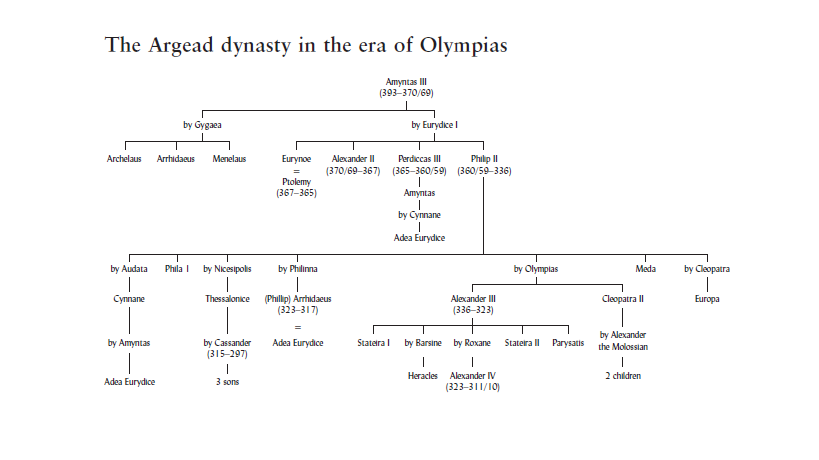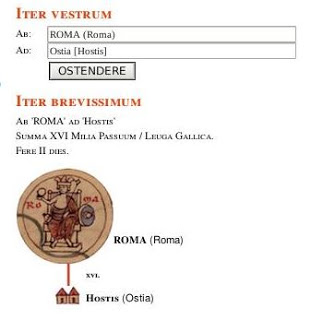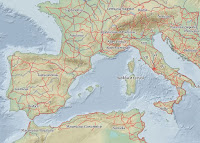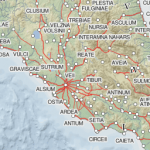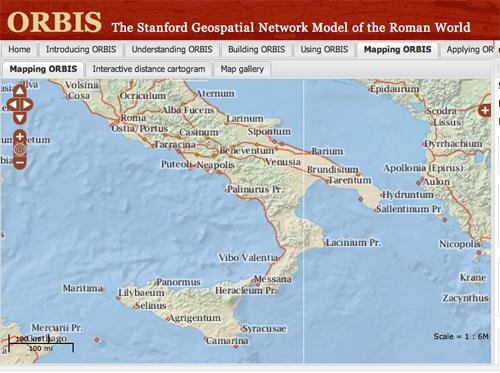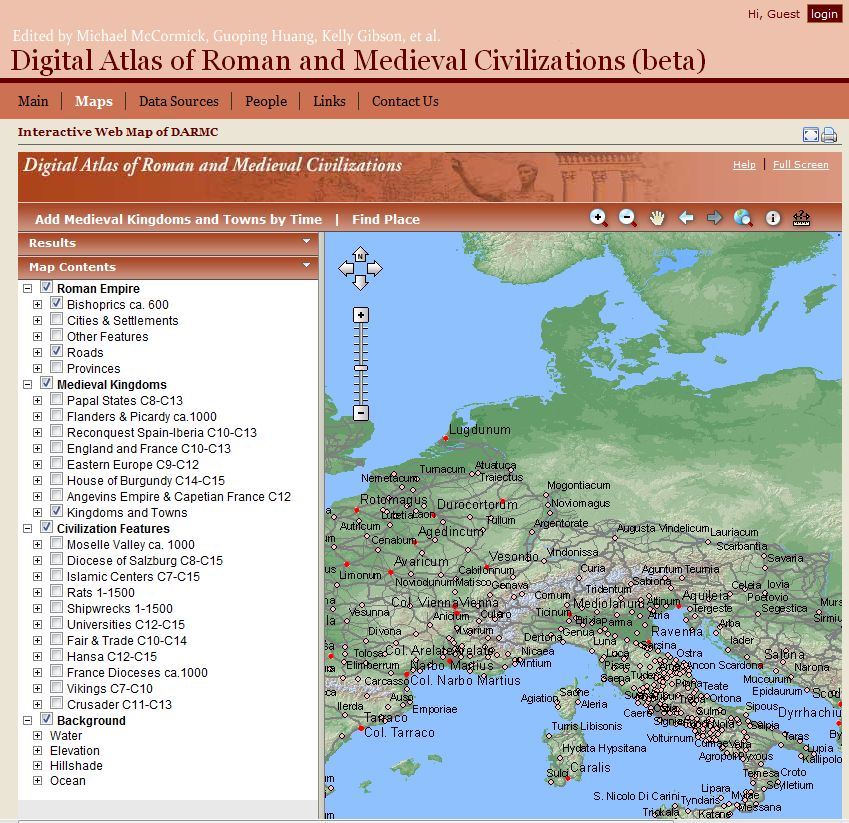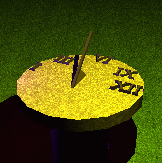
Secondo quanto annunciato il 19 gennaio dal Ministero della Cultura greco, i resti ritrovati nella tomba di Anfipoli-Kasta appartengono a cinque diverse persone: una donna di circa 60 anni, due uomini di 35-40 anni, un neonato e un adulto cremato prima della morte dei quattro sepolti nella stessa camera funebre (probabilmente il primo “occupante” della tomba). L’esame del DNA potrà stabilire se vi siano rapporti di parentela tra coloro che – forse in tempi diversi – hanno trovato sepoltura ad Anfipoli. Tra le ipotesi di identificazione, tra alcuni studiosi si fa ancora il nome della madre di Alessandro, Olimpia, fatta uccidere a colpi di pietra nel 317-316 da re Cassandro, all’età di 59 anni. Altri sostengono invece che Olimpia sarebbe sepolta a Pidna, dove morì.
I resti di uno dei due scheletri riportano segni di profonde ferite da arma da taglio; si è pensato dunque all’identificazione con uno dei figli di Cassandro, morto assassinato.
Interessanti prospettive possono essere quelle suggerite nello studio dedicato a Olimpia da Elisabeth Carney, Olympias: Mother of Alexander the Great, London 2006 :
Despite Cassander’s prohibition against it, Olympias was buried somewhere near Pydna, the probable site of her murder. A now lost fragmentary inscription referred to her tomb. One reconstruction of this inscription makes it the memorial for her tomb itself. The inscription attributed her burial to a brave Aeacid. Two other funerary inscriptions indicate that her tomb once stood among or near those of other, less famous Aeacids. In all likelihood, then, her kin buried her secretly, shortly after her death.
The tomb and its testimonial verses doubtless had to wait for the death of the last of Cassander’s sons. If the Aeacids had not already built the tomb, the period when Olympias’ great-nephew Pyrrhus came to control the portion of Macedonia in which Pydna lies would have given them the opportunity. Whether those who buried her were part of the largely female group of philoi who underwent the siege with her, including Aeacides’ daughter Deidameia (Diod. 19.36.5, 49.4; Just. 14.6.3) or other Aeacids already resident in Macedonia is unknown. In any event, some Aeacids continued to live in the Pydna area. All three of the funerary inscriptions, in addition to employing patronymics, also refer more generally to the Aeacid descent of those commemorated, thus demonstrating the pride in lineage that characterized the clan. Of course, ordinarily Aeacids would have been buried in their homeland. These Macedonian Aeacids, apparently lacking access to their ancestral plot, must have used the tomb of Olympias as a focus for their burials. Certainly the text of the most well preserved of these inscriptions suggests this. It reads, “I am of Aeacid descent, Neoptolemus was my father, my name was Alcimachus, one of those [descended] from Olympias . . .” In this patriarchal society, reference to descent from a woman (so famous a woman no patronymic was needed) is striking, particularly since the speaker has already mentioned his Aeacid descent.
PER APPROFONDIRE:
http://greece.greekreporter.com/2015/01/20/new-theories-on-buried-in-amphipolis-tomb/
http://en.protothema.gr/breaking-news-five-skeletons-at-amphipolis-tomb/
http://www.theamphipolistomb.com/


